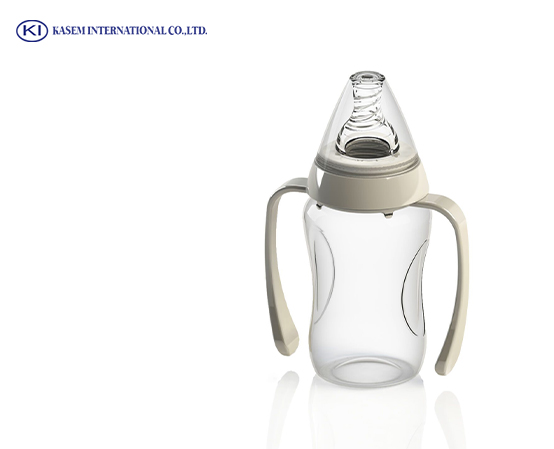

The Ultimate Guide to Choosing the Right Feeding Bottle for Your Baby
Choosing the right feeding bottle for your baby is an important decision. There are many different types and brands of bottles on the market, so it can be overwhelming to know where to start. This guide will provide you with all the information you need to choose the right bottle for your baby’s needs.
Baby Bottle Material Options
There are four main types of materials used in baby bottles: plastic, silicone, glass, and stainless steel. Each material has its own advantages and disadvantages.
- Plastic: Plastic bottles are lightweight, inexpensive, and easy to clean. However, some plastic bottles can contain harmful chemicals that can leach into your baby’s milk. Look for BPA-free plastic bottles.
- Silicone: Silicone bottles are soft, flexible, and easy to hold. They are also resistant to heat and breakage. However, silicone bottles can sometimes develop a sticky film.
- Glass: Glass bottles are the most hygienic option because they are easy to clean and sterilize. They are also durable and BPA-free. However, glass bottles are heavier and more fragile than plastic or silicone bottles.
- Stainless steel: Stainless steel bottles are durable, leak-proof, and easy to clean. They are also BPA-free. However, stainless steel bottles can be heavier than plastic or silicone bottles.
Nipple Types for Baby Bottles
Nipples come in a variety of shapes, sizes, and flow rates. The right nipple for your baby will depend on their age and feeding style.
- Shape: Nipples come in two main shapes: round and flat. Round nipples are more similar to a mother’s breast, while flat nipples are easier for babies to latch onto.
- Size: Nipples come in a variety of sizes to accommodate different flow rates. Newborns will need a nipple with a slow flow rate, while older babies will need a nipple with a faster flow rate.
- Flow rate: Flow rates are usually indicated by numbers on the nipple. A newborn will need a nipple with a flow rate of 0 or 1, while an older baby will need a nipple with a flow rate of 2 or 3.
Anti-Colic Features in Baby Bottles
Some baby bottles have anti-colic features that are designed to reduce air bubbles and prevent colic. Anti-colic bottles typically have vents or valves that allow air to escape from the bottle as your baby feeds.
Bottle Size and Capacity
Baby bottles come in a variety of sizes, from 2 ounces to 12 ounces. Choose a size that is appropriate for your baby’s age and appetite.
- Newborns: Newborns will need a small bottle, such as a 2-ounce or 4-ounce bottle.
- 2-3 months: Babies this age will need a slightly larger bottle, such as a 4-ounce or 6-ounce bottle.
- 4-6 months: Babies this age will need a larger bottle, such as an 8-ounce or 9-ounce bottle.
- 6-12 months: Babies this age will need a 9-ounce or 12-ounce bottle.
Cleaning and Sterilizing Baby Bottles
It is important to clean and sterilize your baby’s bottles regularly to prevent the growth of bacteria.
- Cleaning: Wash bottles with hot, soapy water after each use.
- Sterilizing: There are a few different ways to sterilize bottles. You can use a dishwasher with a steam cycle, a bottle sterilizer, or by boiling bottles in water for 5 minutes.
BPA-Free Baby Bottles
BPA (bisphenol A) is a chemical that was once commonly used in plastic bottles. However, BPA is now known to be a hormone disruptor that can be harmful to babies’ health. Look for BPA-free plastic bottles.

 November 14, 2023
November 14, 2023